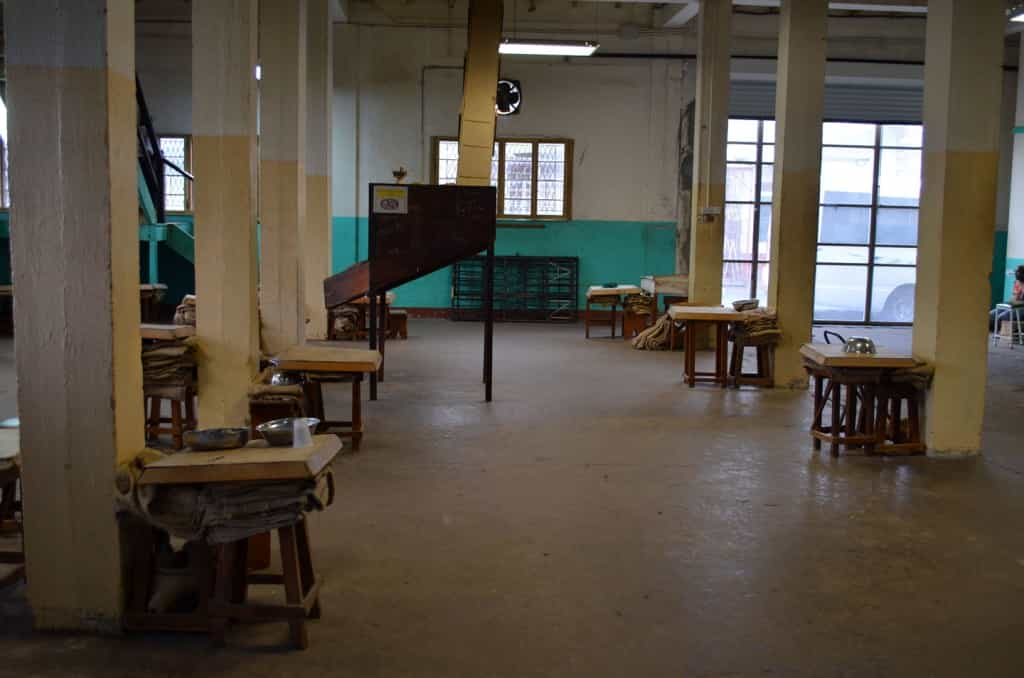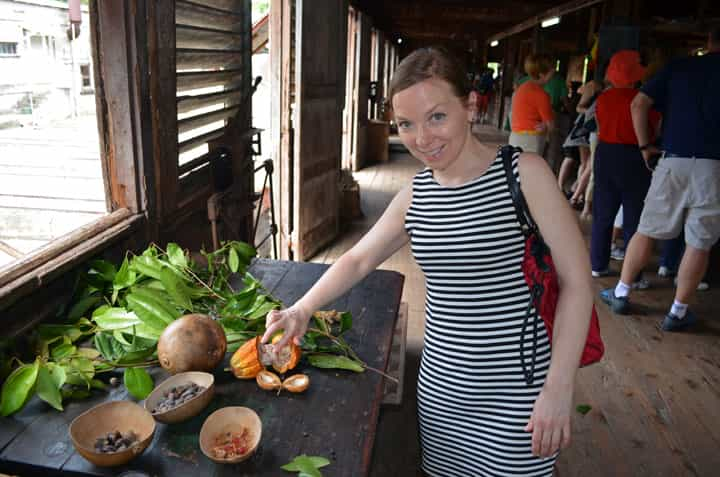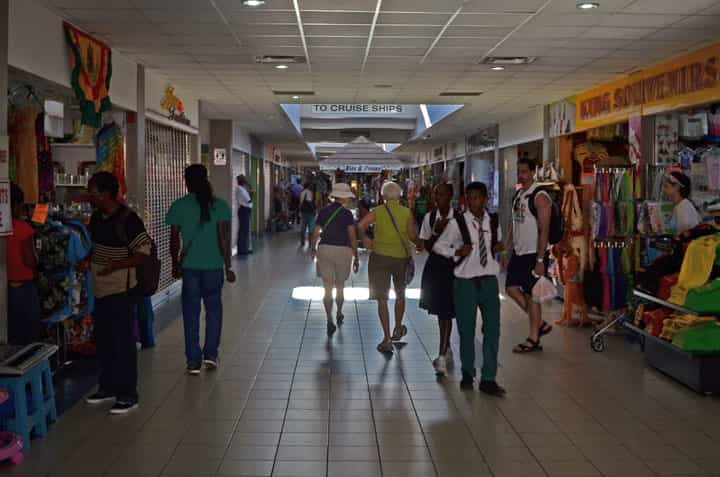A few weeks ago, I told my Bulgarian friend Valentin I was going to Grenada. I met Valentin in Ethiopia’s Danakil Desert, and later visited him in his hometown of Sofia. An avid traveller himself, he told me his interest in geography began as a small boy when he looked for a map to locate the small Caribbean country he had never heard of. At the time, the 1983 invasion of the tiny island country by the United States was the number one news story behind the Iron Curtain; the perfect example of evil capitalist imperialism.
The motivations for the invasion were complex and while the Prime Minister had been murdered, and the Army had taken control of the Government, many other factors weighed in. The operation was actually very controversial, being condemned in a UN General Assembly vote by a margin of 108 to 9 (the US and most of Grenada’s neighbours). When asked about this near unanimous condemnation, President Reagan told reporters: “It didn’t upset my breakfast at all”.
In the end, thousands of US forces with allies from Antigua and Barbuda, Barbados, Dominica, Jamaica, Saint-Lucia and Saint-Vincent and the Grenadines, fought against a couple of thousand Grenadian and Cuban troops and easily defeated them in a few weeks. While the Americans gave themselves lots of praise, medals and decorations, their senior military leadership also realized the invasion had been an operational fiasco, with brilliant success coming more from the enemy’s immense military inferiority. Only through massive reforms did the US military become what it was during the Gulf War, 8 years later.
Sadly for Communist propagandists, I didn’t see much resentment over the operation during my visit. In fact, the date of the beginning of the invasion, October 25th, is now a National Holiday, called Thanksgiving Day (no relation to the US/Canadian religious holiday).
Grenada proved to be my favourite destination of the cruise. During a day long tour, we visited a rum factory, a chocolate factory and various little sites along the way.
The Rivers Rum distillery is locally owned, sells all of its production in the country and has been in continuous operation since 1795. The technology involved has not changed much since its first days of operation, with a water wheel as the main power source.
The water wheel powers the grinding house, where sugar juice is extracted from the sugar cane.
The remaining pulp is left to dry, before being used to heat the boiling room.
Probably not ISO 22000 certified.
And finally, the copper still for distillation.
The end products. On the left, the normal variety, with an alcohol content guaranteed to be at least 75%, depending on the season, as the cane’s sugar levels increase in the dry season. On the left, a special tourist version, guaranteed to contain at most 69% alcohol, as anything above 70% is considered a flammable liquid by airlines and thus cannot be taken onboard an aircraft, even as checked luggage!
Along the way, a nice little bay with a shipwreck.
Nutmeg used to be the main agricultural export of Grenada, and the tiny country was in fact the world’s second largest producer, after enormous Indonesia. The spice comes in three parts, the fruit, the mace (red) and the nut. All three have their use and they are processed separately. Unfortunately, in 2004 Hurricane Ivan brought incredible destruction to the country, damaging 90% of the homes and about as many of the nutmeg trees.
The factory today appears to be busy, with a large quantities of nutmeg in the drying room.
However, a lot of sections are empty (I know, not these ones).
And more importantly, the small work stations where women would take apart the fruit are deserted most of the time. Countless jobs have been lost because of the disaster and although the trees have been replanted, several years will pass before they can be harvested, and several more years before the yield and quality comes back to previous levels.
In the meantime, they sell aphrodisiacs made from wood bark to tourists and locals alike. The explicitly named product has a label I had never seen, advising to drink responsibly and practise safe sex. (The French name could be loosely translated as “hard wood” – not “hardwood”!)
The chocolate factory makes one realize the complexity of producing what we now know as chocolate from the inedible beans of the cocoa tree. First, fermentation, which I assure you smells nothing like a chocolate bar.
The beans must then be sun dried for several days, on racks that can be rolled away in case of rain. Once in a while, the beans must be rotated, which used to be done by local women who would walk around in it. Nowadays, cheap labourers from Sweden perform this unskilled work.
Amusingly, my Norwegian friend Steinar once referred to Swedish immigrants as a source of cheap labour, and he actually meant it! All things are relative, I suppose.
Michelle was like a kid in a candy store!
Not only was the day trip pleasant and interesting, but even the cruise ship dock shopping centre was in a way nice. Usually these things are exclusively for tourists, but this one had a local feel to it, serving as a souvenir outlet but also as the main downtown shopping centre. Locals shopped for food and clothes and kids sat around drinking Coke.
The capital, St-George’s, from the departing ship. Grenada, along with St-Kitts and Nevis, are the two destination during this week long cruise that I would consider returning to.
#Grenada




















i love this
Thanks!